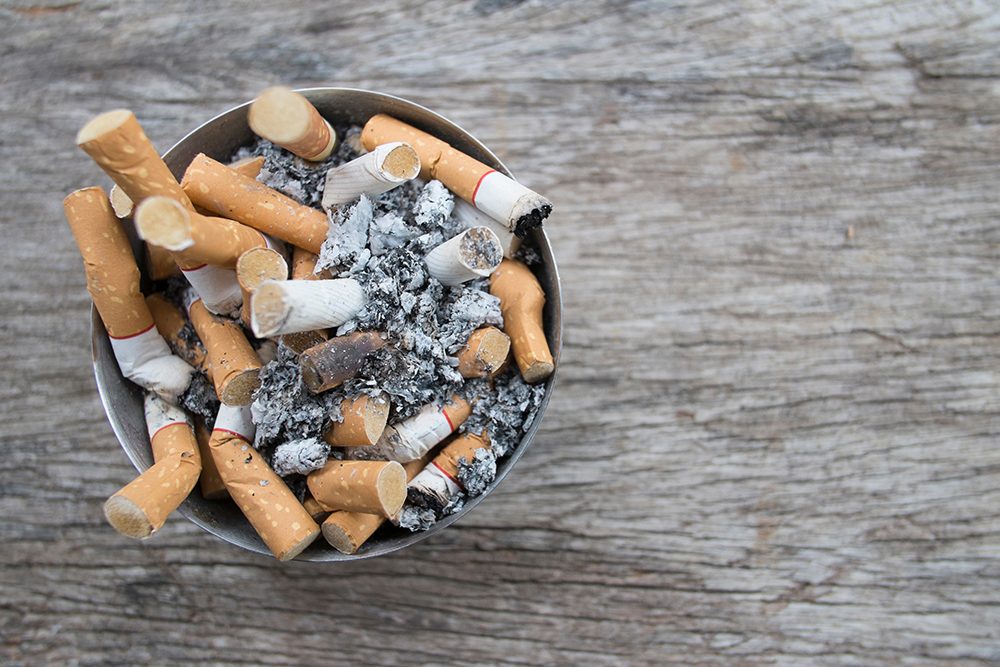If you or someone you know is currently looking for a way to cover up nicotine stains on walls, here are some useful steps that you should make note of!
Preparing the Surface
Ensure that any surface that you plan to work with is completely clean, dry, and free of any and all substances that could interfere with the adhesion of materials that will need to be applied. All loose and/or falling materials will need to be removed by either scraping or brushing a stiff bristle brush on the surface. Additionally, you can also feather sound edges by using abrasive paper of a fine grade.
Please note that prior to painting, the overall moisture content shouldn’t be past 18%.
Furthermore, all dust and signs of organic growth should be removed, and all areas that you will be working with should be treated with a mould killer, ensuring that you follow all listed manufacturer’s instructions. Before beginning any painting, allow the area to completely dry.
Once this has been done, paint the area with a universal cleaner and degreaser in order to remove any contaminants, then thoroughly rinse the area with clean water to remove any excess residues. Afterwards, allow the area to completely dry again.
Priming
Use methylated spirits to degrease the area, making sure that you regularly change the cloths that you use. Fill in any cracks and defects that you find in the surface. You should use an appropriate filler and allow it to dry. Once this is done, rub the areas down with a fine grade abrasive paper and remove any excess dust. Next, use a preferred cover stain of your choice to prime the entire area. Allow for a minimum drying time of two hours.
Decorating
Once the primer has dried, use two coats of either a matt, semi-gloss, or satin interior wall paint. Make sure to follow all instructions listed by the manufacturer. Between coats, you will need to allow a general drying time of approximately two hours.




